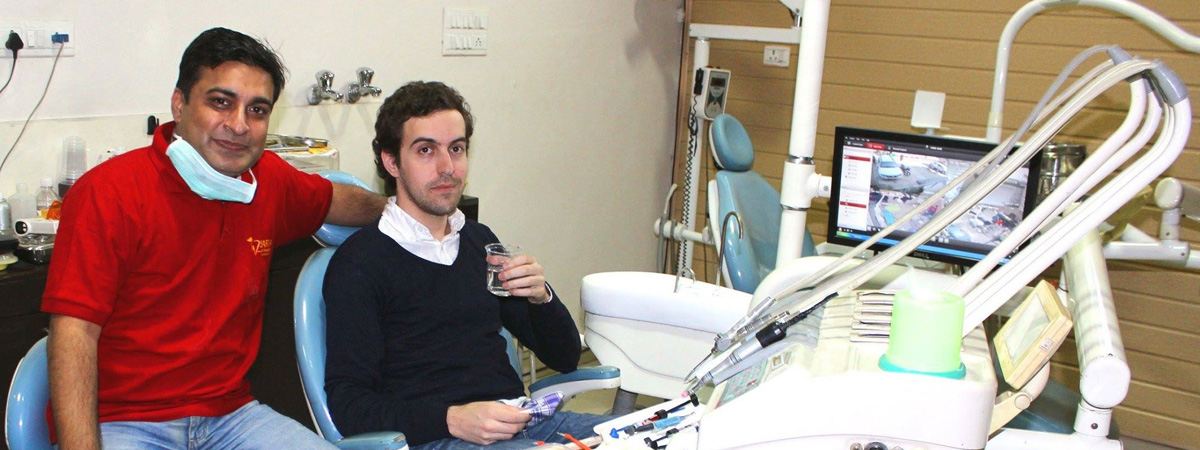
You should visit your dentist at least once every six months
Dental cleanings involve removing plaque (soft, sticky, bacteria infested film) and tartar (calculus) deposits that have built up on the teeth over time. Your teeth are continually drenched in saliva which contains calcium and other substances which help strengthen and protect the teeth. While this is a good thing, it also means that we tend to get a build-up of calcium deposits on the teeth. This chalky substance will eventually build up over time, usually it is tooth colored and can easily be mistaken as part of the teeth, but it also can vary from brown to black in colot.
If the tartaris allowed to accumulate on the teeth it will unfortunately provide the right conditions for bacteria to thrive next to the gums. The purpose of the cleaning and polishing is basically to leave the surfaces of the teeth clean and smooth so that bacteria are unable to stick to them and you have a better chance of keeping the teeth clean during your regular home care.
Once the larger pieces of tartar are gone, we remove smaller deposits and smoothen the tooth surfaces. These tools are curved and shaped to match the curves of the teeth. They allow smaller tartar deposits to be removed by carefully scraping them off with a gentle to moderate amount of pressure.
Once all the surfaces are smooth, the dental worker may polish your teeth. Polishing is done using a slow speed handpiece with a soft rubber cup that spins on the end. Prophylaxis (short for prophy) paste – a special gritty toothpaste-like material – is scooped up like ice cream into the cup and spun around on the teeth to make them shiny smooth.
Deep Cleaning or Deep Scaling
If plaque and tartar is left on the teeth, it provides the right conditions for bacteria to thrive. The bacteria irritate the gums, which mean that they now bleed more easily. You may notice this if you are brushing your teeth, or eating, and sometimes your gums may bleed a bit. This is the early stage of gum disease called gingivitis. If you have gingivitis, your dentist or hygienist will clean your teeth by scaling and polishing them. They may also recommend an antiseptic mouthwash, and show you how to brush and floss your teeth effectively. Most adults have some degree of gum disease.
If gingivitis not treated and nothing is done about it, the inflammation will actually work its way down towards the foundations of the tooth causing a “pocket”. Again, within the confines of the pocket, the conditions are such that the bacteria can cause more damage.
Gum disease can break down the support (bone) structures of the teeth, so that eventually, they will become loose. The problem is that until it gets quite severe, the person often has no symptoms. Sadly, the damage to the support structures of the teeth is irreversible. The good news is that if gum disease is caught in time, its progression can be halted and improved upon, and that is the difference we can make.